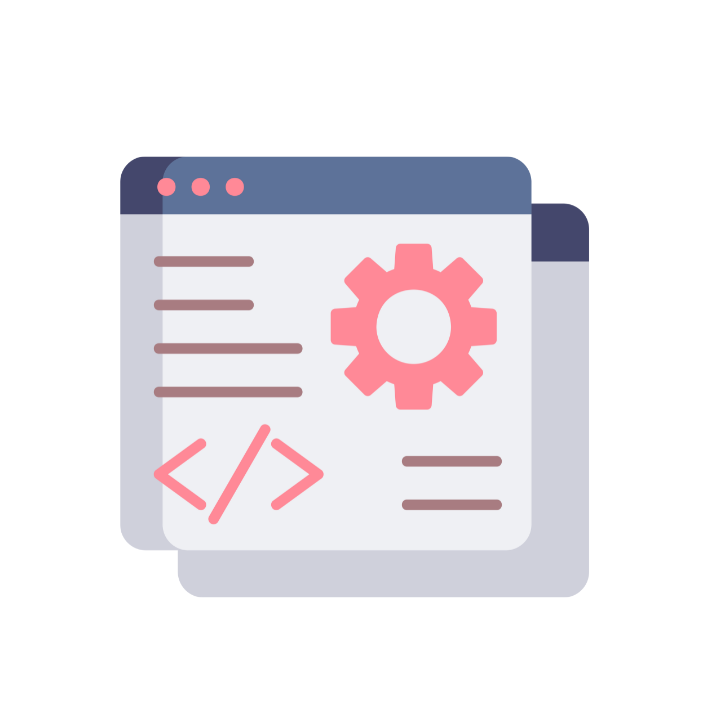We live, all of us, with the things we’ve built—whether we remember building them or not.
For decades, publishers have invested in the careful shaping of knowledge. They have marked it with tags. Given it names. Carried it through the machinery of XML pipelines, assigned it controlled terms, surrounded it with metadata, structured it to withstand time.
And now, with AI at our doorstep—sudden and loud and hungry—we find ourselves reaching back into that long, quiet labor. We begin to understand that this structure, often overlooked, often resisted, was never just about efficiency. It was about meaning. It was about memory.
⸻
What We Gave Ourselves, Unknowingly
RAG—Retrieval-Augmented Generation—asks only for one thing: context.
And context is what structured content was always meant to preserve. Not just words, but where those words belong. Not just concepts, but how they connect.
Without structure, the machine can only guess. It improvises, embellishes, forgets. But when it is guided—by sections and schemas, by taxonomies and well-defined roles—it does something closer to remembering.
And in a field like scholarly publishing, where memory is the first responsibility, that difference is everything.
⸻
The Role of Taxonomy and Ontology
It would be a grave mistake to imagine taxonomies as technical artifacts only. They are expressions of belief: belief in the names we give things, in the categories we uphold, in the hierarchies we accept or challenge.
Whether they were built by hand or uncovered through algorithmic clustering, taxonomies and ontologies tell us how we see the world—and how we want our systems to see it too.
When we give those structures to AI, we’re not just improving retrieval. We are insisting on clarity. We are resisting the drift toward vagueness and indifference.
We are saying: these things matter. This knowledge matters. Call it by its name.
⸻
A Reckoning with the Archive
Some publishers fear their archives are too messy, too fragmented, too old to be useful. But we forget that messiness is also a form of truth.
Yes, structure can be added. Metadata can be layered. Taxonomies can be imposed retroactively. But the goal isn’t perfection. The goal is participation—that even your legacy content can become part of the conversation again.
And if AI can retrieve inconsistently, it can also reveal patterns. It can point to what needs cleaning. What needs naming. What has been waiting for someone to see it.
⸻
A Place of Power, If We Choose It
Structured content was never fashionable. It was tedious. Expensive. Often thankless.
But it was also an act of preservation.
And now, as AI systems rise with breathtaking speed and almost no memory of what came before, it is that structure—the old scaffolding—that gives us something stable to stand on.
It is not just our asset. It is our responsibility.
⸻
What Comes Next
In our next post, we’ll move from taxonomy to topology, from names to relationships. We’ll explore GraphRAG, and how the shape of knowledge itself—its edges, its weight, its connections—can give AI not just context, but conscience.
Because in this moment, when the machine can speak almost anything, our job is to teach it what to say, and more importantly, why.
Other Articles
Innovative Cloud-Based CMS Solution
SiteFusion ProConsult introduces innovative Cloud-Based CMS Solution for Journal ...
The Inheritance of Structure
We live, all of us, with the things we’ve ...
The Process Is the Product
You’re in the office. Someone’s talking about AI again. ...
A Supposedly Intelligent Thing I’ll Let AI Do Again
Let’s start with a positive outcome. A publisher, a ...




